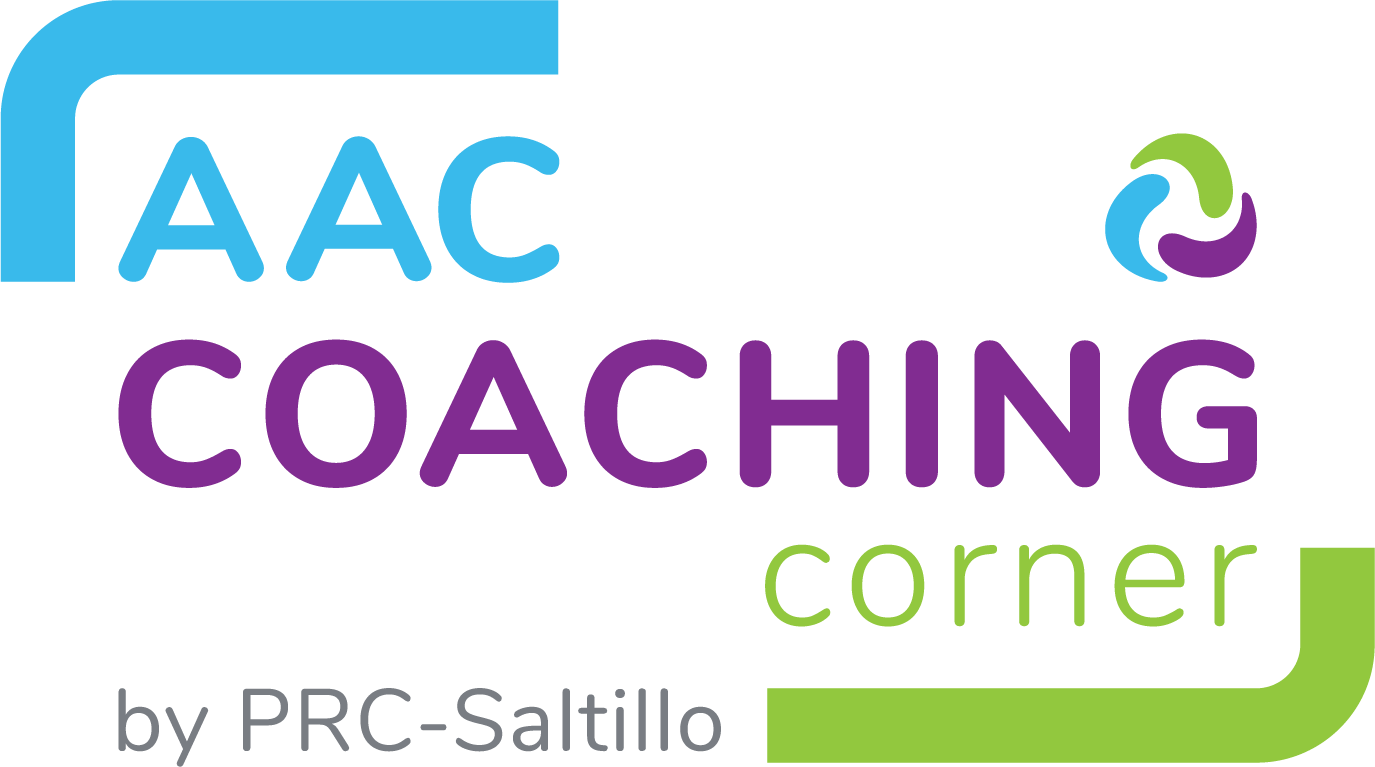— by Beth Studdiford
Standardized Assessment is defined on the ASHA website as an empirically developed evaluation tool with established reliability and validity. Formal testing may be useful for assessing the structure and form of language, but may not provide an accurate assessment of an individual's use of language (i.e., pragmatics). Standardized tests should be culturally and linguistically appropriate, and standard scores should not be determined if the norming sample is not representative of the individual assessed.
When thinking about how standardized assessments fit in AAC evaluations, the key part of the definition above is, “Standardized tests should be culturally and linguistically appropriate, and standard scores should not be determined if the norming sample is not representative of the individual assessed.” Consideration must be given to whether or not the individual being evaluated is represented in the norming sample, and therefore if the standard scores achieved by giving the test would therefore be a reliable measure of the performance of the individual.
Often the individuals being evaluated for an AAC device have significant disabilities (e.g., individuals may be nonverbal, have limited speech, or have significant motor limitations). Therefore, it may be necessary to modify the task or the response modality for the individual being evaluated. Standardized scores cannot be used when assessments are modified because the tasks are fundamentally different (Barker, Saunders, & Brady, 2012). The need to modify a standardized measure renders the standard scores achieved in that test unreportable, except as a comparison of the individual’s performance from one administration to the next of the same measure. Due to this, it is imperative that the AAC assessment should include elements of dynamic assessment. Dynamic assessment can be thought of as including the following; direct observation of language use in a variety of natural contexts, observations recorded by the parent, teacher observation, and other informal assessment measures.
Keeping all of this in mind, what measures do Speech Pathologists use to provide an accurate assessment for an AAC evaluation. The following is a list of potential instruments and assessment tools that can be used in an AAC evaluation.
- Rossetti Infant Toddler Language Scale
- AAC Profile (Tracy Kovach)
Other resources for SGD Assessment Tools: (ideas taken from http://praacticalaac.org/praactical/five-aac-related-assessment-tools-you-should-know-about/)
- Checklist of Communication Competencies, Revised (Bloomberg, West, Johnson, & Iacono, 2009)
- Functional Communication Profile, Revised (Kleiman, 2003)
- Social Networks: A Communication Inventory for Individuals with Complex Communication Needs and Their Partners (Blackstone & Hunt Berg, 2012)
- The Test of Aided-Communication Symbol Performance (TASP; Bruno, 2010)
Above all, if standard scores are included in the AAC evaluation report, and the client is not represented in the normative data, the following caveat, or one similar should be provided along with any scores on any scores that are reported:
“The following test/s __________were normed on typically developing English speaking children. Testing materials are not available in standardized form for child’s unique developmental and bilingual/bicultural backgrounds. In accordance with IDEA 2004 (The Individuals with Disabilities Education Act) [20 U.S.C.¤1414(3)],official use of standard scores for this child would be inaccurate and misleading so the results reported are presented in descriptive form. Raw scores are provided here only for comparison with future performance.”
On-line resources:
- http://praacticalaac.org/praactical/aac-assessment-corner-with-vicki-clarke-standardized-tests-for-aac-users/
- https://www.smartspeechtherapy.com/recommendations-for-assessing-language-abilities-of-verbal-children-with-down-syndrome-ds/
- https://www.ncbi.nlm.nih.gov/pmc/articles/PMC4139180/
- https://pdfs.semanticscholar.org/91cd/dfaf90bad8fdb9041bd3e274dcb05a879b94.pdf
– Beth Studdiford, M.S., CCC-SLP. Read additional articles by Beth.
Blog - aac, alternative and augmentative communication, aac evaluations, standardized evaluations, aac assessments















